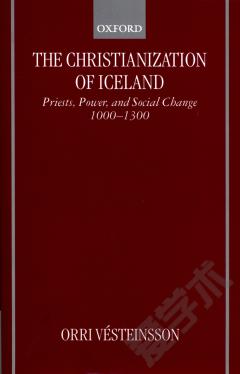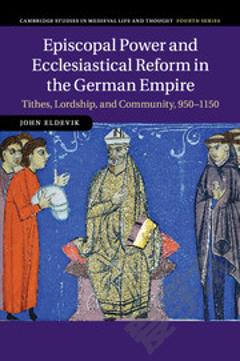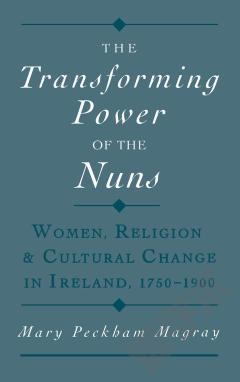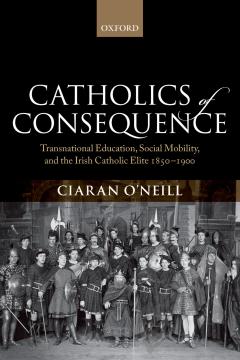The Christianization of Iceland —— Priests, Power, and Social Change 1000-1300
----- 冰岛的基督教化:牧师,权力和社会变革1000-1300
The dissertation deals with the institutional development of the church in Iceland from the 11th century to the end of the 13th and the influence of the church on the development of secular power structures in the same period. It is concerned mainly with identifying and describing factors which explain how the Icelandic church was originally fostered by the aristocracy; how the chieftains' involvement with the church helped them consolidate their authority and accumulate more power; how the church only very slowly began to create its own identity and how class-consciousness among clerics developed. The question of cult-continuity is considered and the sources for the history of the church in the 11th century are subjected to scrutiny. The importance earlier scholarship has attached to the early 12th century as a formative period of the Icelandic church is reconsidered. The introduction of the tithe in 1097 is discussed in detail and its significance subjected to revaluation. Evidence for early church building is assembled and the development of ministerial organisation is described. Particular emphasis is attached to the definition of church-ownership in the 12th century and a new interpretation of the church's bid for increased control over ecclesiastical property in the late 12th century is presented. The social origins of the bishops are considered and their administration and political involvement is described. Emphasis is put on studying the changing social status of priests, from being mainly chieftains or influential farmers, to whom ordination was a means to augment their temporal authority, to becoming younger and illegitimate sons who by the mid 13th century had adopted an ecclesiastical identity and who differentiated between secular and ecclesiastical interests.
{{comment.content}}








 京公网安备 11010802027623号
京公网安备 11010802027623号